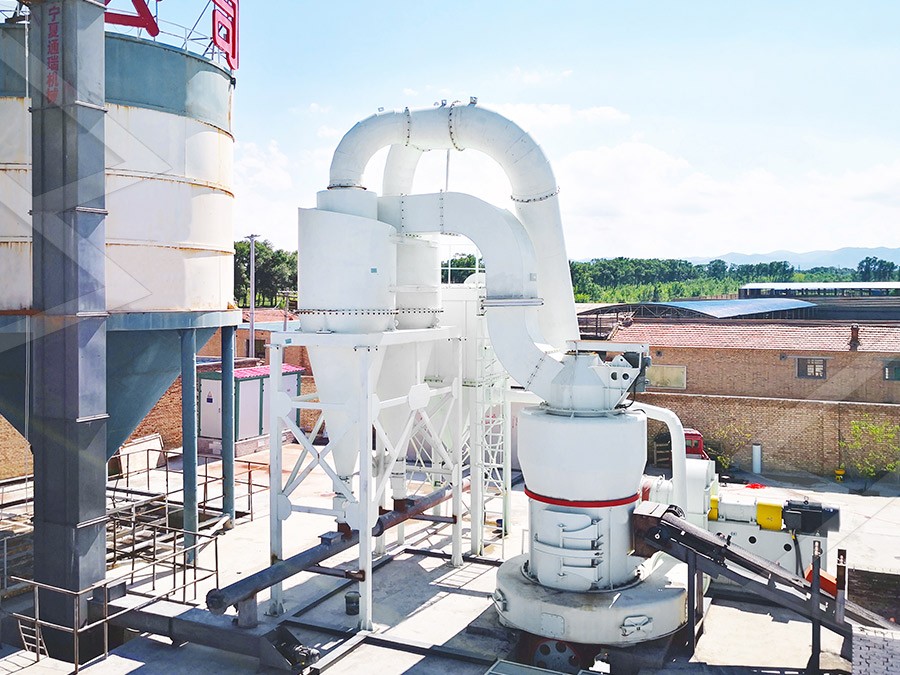Limestone Grinding Mill Equipment for Efficient Calcination Process
Optimizing Limestone Processing for Superior Calcination Results
The calcination process represents one of the most critical stages in limestone processing, where precise particle size distribution and consistent material properties directly impact final product quality. Achieving optimal calcination efficiency requires grinding equipment capable of producing uniform, finely ground limestone with controlled moisture content and minimal energy expenditure.

Modern limestone grinding technology has evolved significantly from traditional ball mills to sophisticated vertical and ultrafine grinding systems that offer superior control over particle size distribution, reduced energy consumption, and enhanced operational efficiency. The selection of appropriate grinding equipment depends on multiple factors including required fineness, production capacity, energy considerations, and the specific demands of the subsequent calcination process.
Critical Factors in Limestone Grinding for Calcination
Successful calcination depends heavily on consistent raw material properties. The grinding phase must achieve several key objectives: uniform particle size distribution to ensure even heat transfer during calcination, controlled moisture content to optimize thermal efficiency, and minimal contamination to preserve product purity. Additionally, the grinding process should minimize energy consumption while maximizing throughput to maintain economic viability.
Traditional grinding methods often struggle to balance these competing demands, leading to inefficient calcination, higher fuel costs, and inconsistent product quality. Advanced grinding technologies address these challenges through innovative design features that optimize the entire processing chain.
Advanced Grinding Solutions for Modern Operations
Among the most significant advancements in limestone grinding technology is the development of specialized mills designed specifically for mineral processing applications. The MW Ultrafine Grinding Mill represents a breakthrough in this category, offering exceptional performance characteristics tailored to calcination requirements.
This advanced grinding system processes limestone with input sizes up to 20 mm and delivers production capacities ranging from 0.5 to 25 tons per hour. Its innovative design incorporates several proprietary technologies that directly benefit calcination processes. The newly engineered grinding curves of the roller and ring assembly enhance grinding efficiency, achieving production capacity 40% higher than jet mills and double the output of traditional ball mills, while consuming only 30% of the energy required by jet milling systems.

The MW mill’s adjustable fineness between 325-2500 meshes, achieved through German cage-type powder selector technology, provides precise control over particle size distribution – a critical factor for uniform calcination. The absence of rolling bearings and screws in the grinding chamber eliminates common failure points, while external lubrication enables continuous 24-hour operation without shutdowns for maintenance.
Environmental and Operational Advantages
Modern grinding equipment must address both performance requirements and environmental considerations. The integration of efficient pulse dust collectors and muffler systems in advanced mills like the MW Ultrafine Grinding Mill ensures minimal dust emissions and noise pollution, complying with stringent environmental standards while maintaining worker safety and comfort.
The digital processing capabilities of contemporary grinding systems further enhance operational precision. Numerical control of cutting, bending, planing, milling, and painting operations ensures high machining accuracy, particularly for core components that directly impact grinding performance and longevity.
Selecting the Right Equipment for Your Application
When choosing limestone grinding equipment for calcination processes, operators should consider several key parameters: required production capacity, target fineness, energy efficiency goals, available footprint, and maintenance requirements. The MW Ultrafine Grinding Mill particularly excels in applications demanding ultra-fine powders with consistent quality and low operating costs.
For operations requiring different specifications, the LUM Ultrafine Vertical Grinding Mill offers complementary advantages with its input size of 0-10 mm and capacity of 5-18 tph. This system incorporates the latest Taiwanese grinding roller technology and German powder separating technology, providing exceptional flexibility for various production scenarios.

Frequently Asked Questions
What particle size range is optimal for limestone calcination?
Optimal particle size depends on the specific calcination process and kiln type, but generally ranges from 100-400 mesh for most industrial applications. The MW Ultrafine Grinding Mill’s adjustable fineness between 325-2500 meshes provides flexibility to meet various calcination requirements.
How does grinding efficiency impact calcination fuel consumption?
Uniform particle size distribution from efficient grinding ensures consistent heat transfer during calcination, reducing hot spots and incomplete reactions that increase fuel consumption. Advanced mills can reduce energy usage by 30-50% compared to traditional systems.
What maintenance considerations are important for continuous operation?
Equipment with external lubrication systems, like the MW Ultrafine Grinding Mill, enables maintenance without production stoppages. The absence of internal bearings and screws in the grinding chamber significantly reduces maintenance requirements and associated downtime.
How does moisture content affect the grinding and calcination processes?
Excessive moisture can reduce grinding efficiency and increase energy consumption during calcination. Modern grinding systems often integrate drying capabilities or work in conjunction with separate drying equipment to optimize moisture levels before calcination.
